Tag: pelvic floor
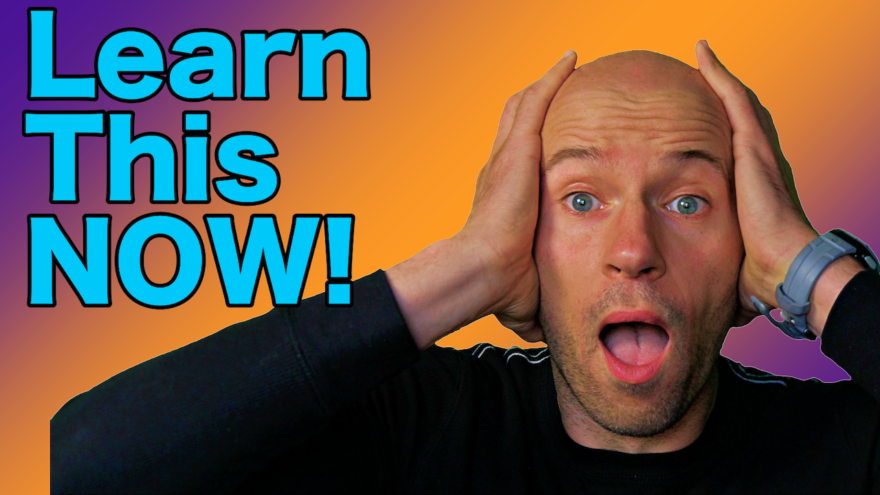
Top 10 Posts of 2021
The posts the fam loved the most! At the end of each year, I like to see what you wonderful…
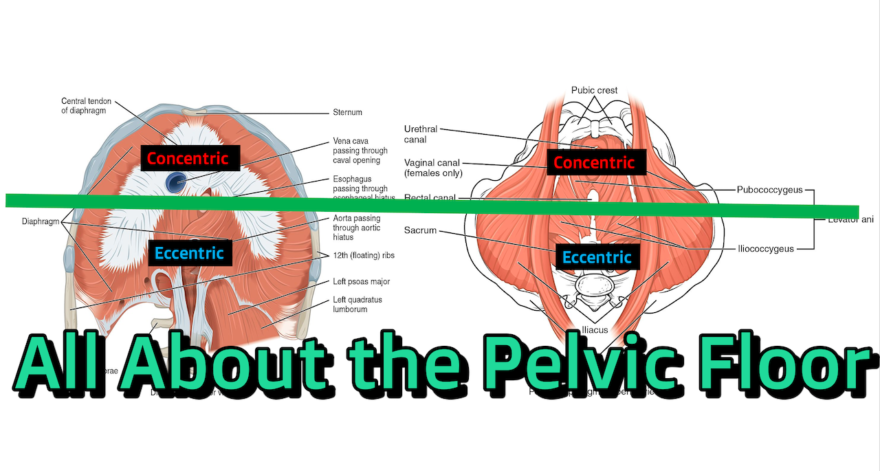
All About The Pelvic Floor
A deep dive into pelvic floor biomechanics Breathing is super important you know, but the base of breathing is the…

Pregnancy, Pectus, and Bruxism – Movement Debrief Episode 106
Movement Debrief Episode 106 is in the books. Below is a copy of the video for your viewing pleasure, and…
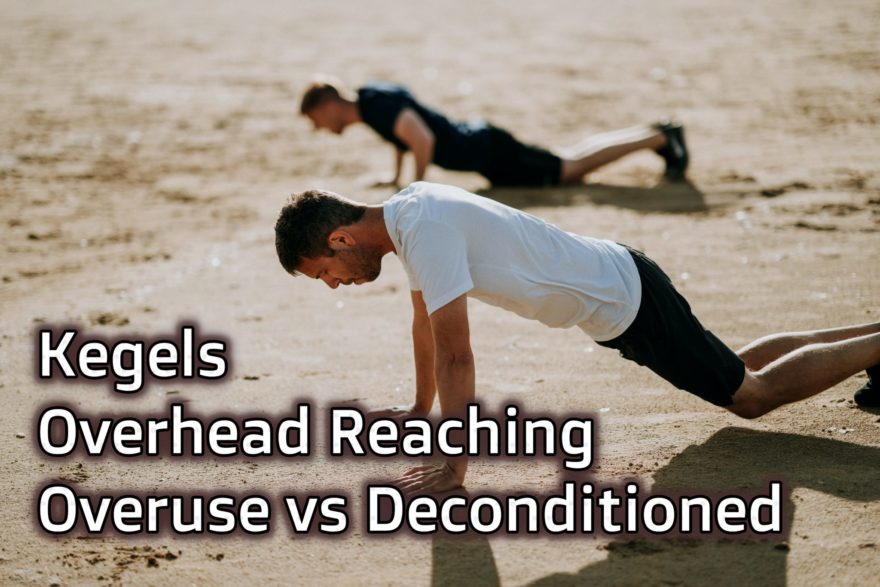
Kegels, Overhead Reaching, and Overuse vs Deconditioned – Movement Debrief Episode 104
Movement Debrief Episode 104 is in the books. Below is a copy of the video for your viewing pleasure, and…
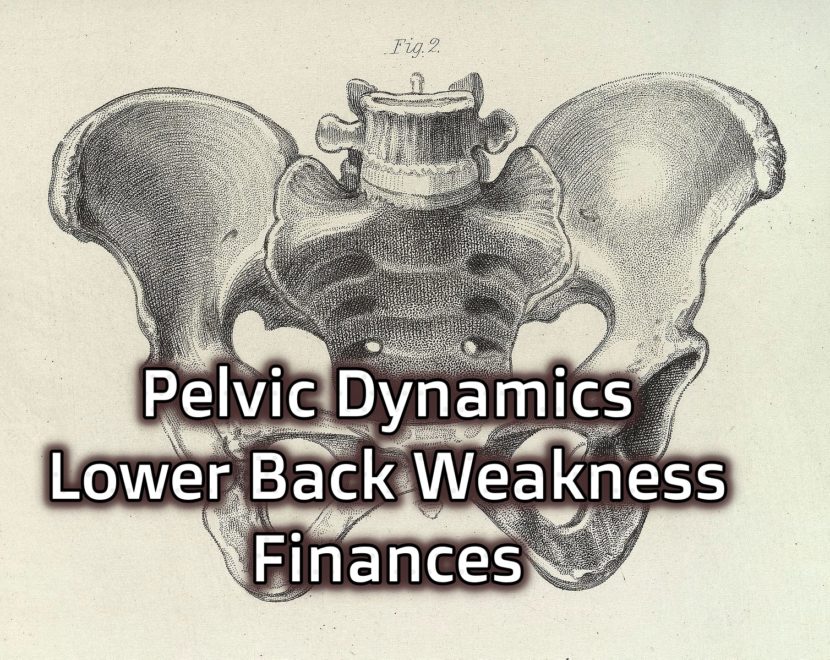
Pelvic Dynamics, Lower Back Weakness, and Finances – Movement Debrief Episode 103
Movement Debrief Episode 103 is in the books. Below is a copy of the video for your viewing pleasure, and…
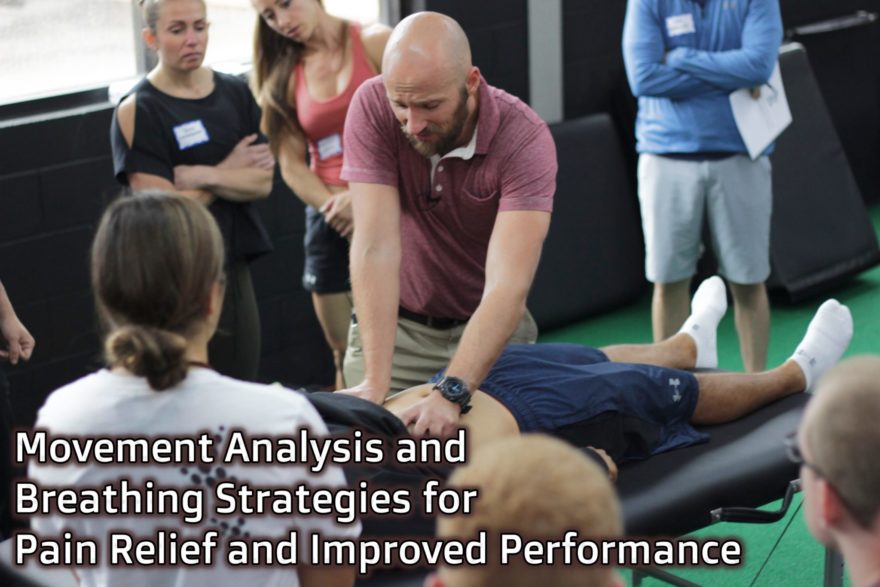
Movement Analysis and Breathing Strategies for Pain Relief and Improved Performance
Chris, a high level mountain biker, at first didn’t believe someone could help him move better over the internet. He…
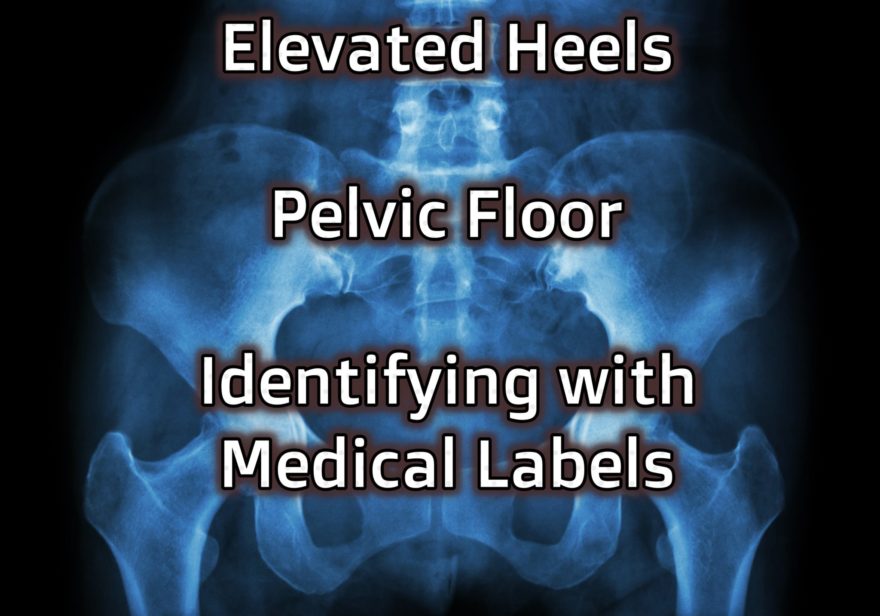
Elevated Heels, Pelvic Floor, and Identifying with Medical Labels – Movement Debrief Episode 79
Movement Debrief Episode 79 is in the books. Below is a copy of the video for your viewing pleasure, and…
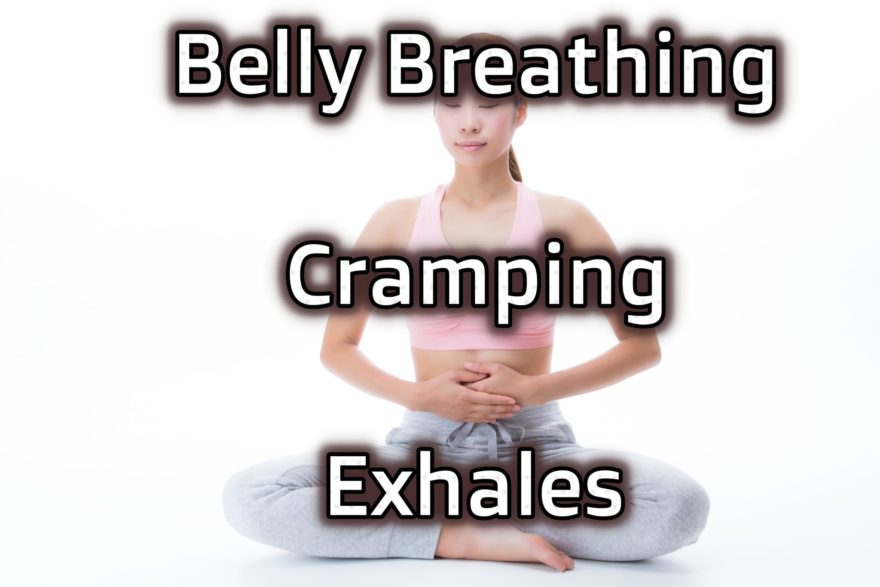
Belly Breathing, Cramping, and Exhales – Movement Debrief Episode 77
Movement Debrief Episode 77 is in the books. Below is a copy of the video for your viewing pleasure, and…
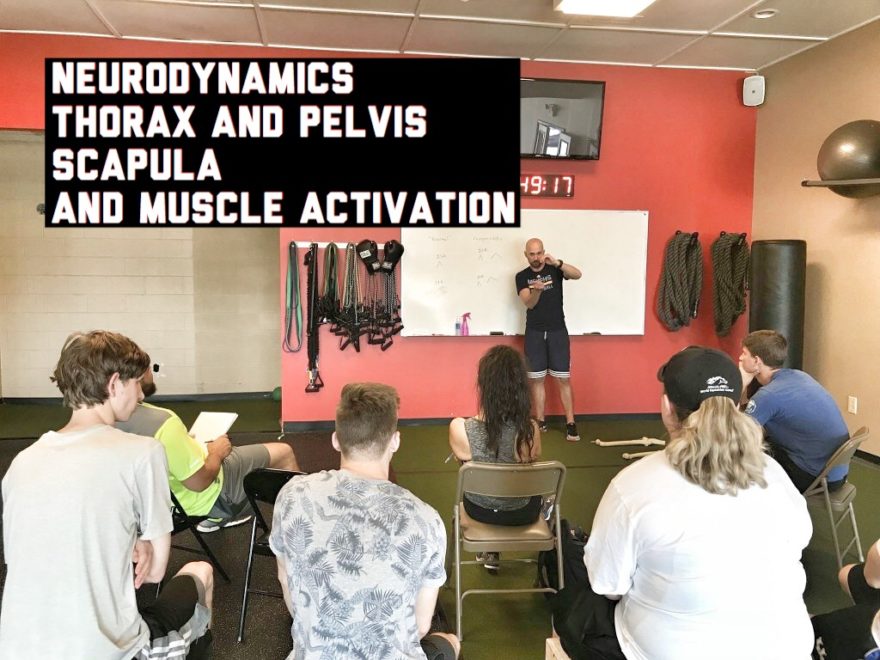
Neurodynamics, Thorax and Pelvis, Scapula, and Muscle Activation
I recently had the opportunity at to do a Q&A session at Enhancing Life, the gym of my dear friends…
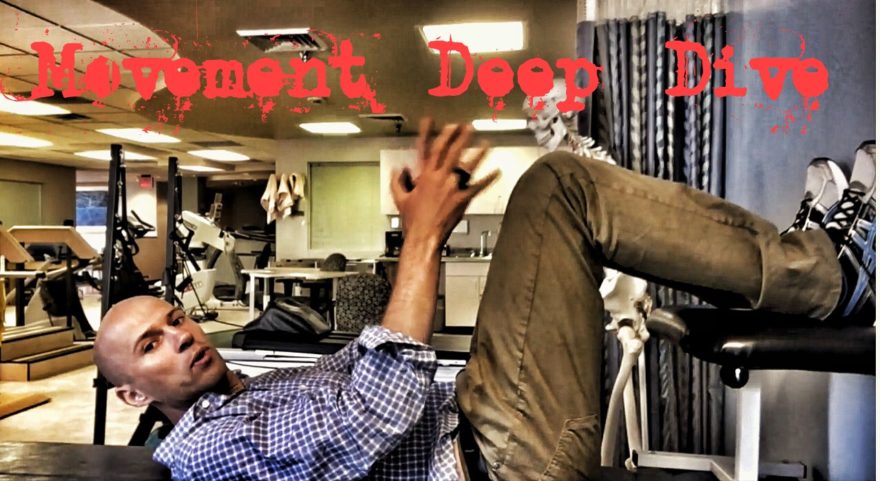
90/90 Hip Lift – A Movement Deep Dive
The Fundamental Rehab Technique It’s a classic that does so much more than the naked eye can see. This round…
Course Notes: DNS Summit
Why? In my short time out I have gotten heavily into the influence that breathing has on the nervous system.…
